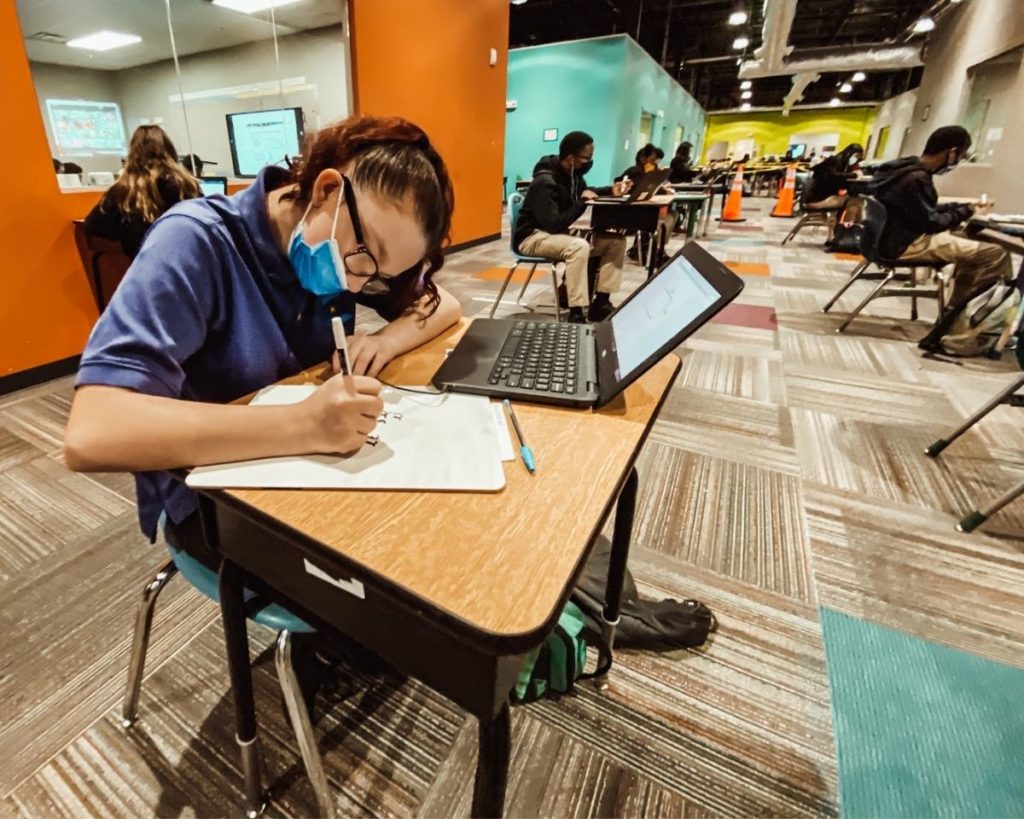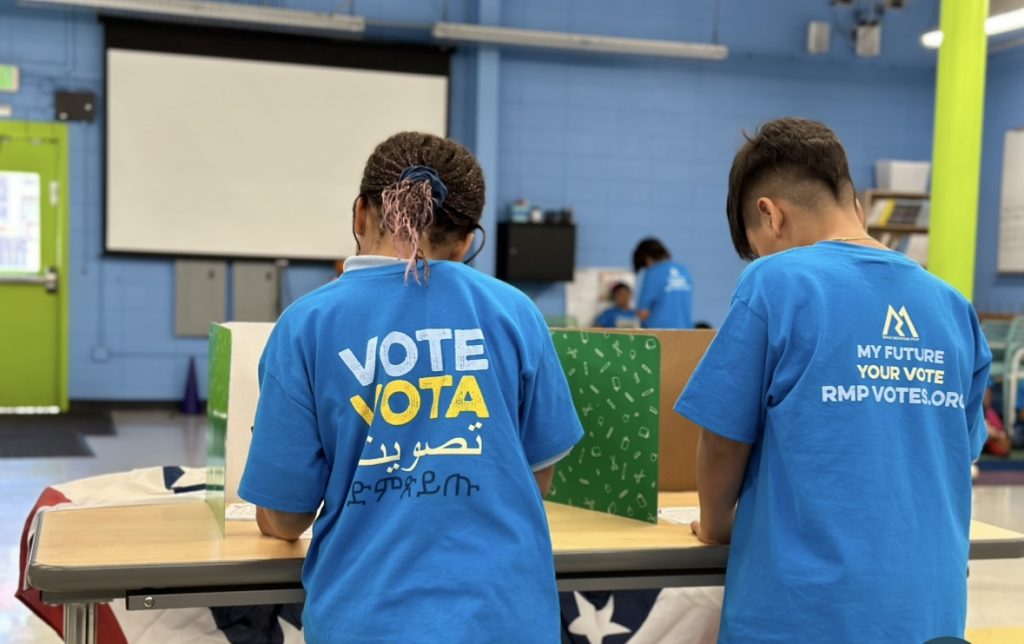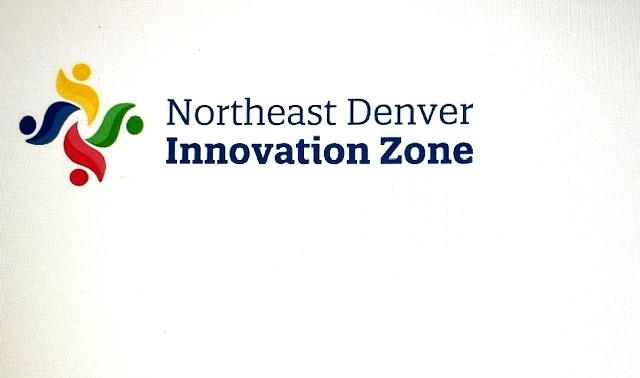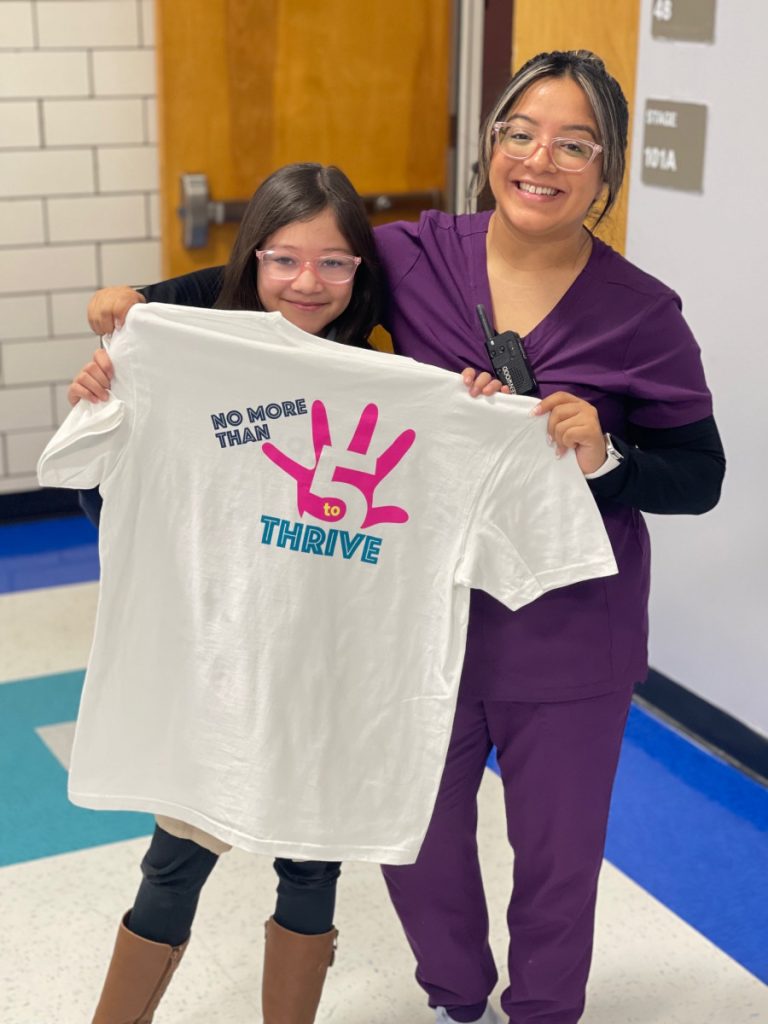AURORA — One Colorado charter network has kept its doors open for in-person learning all the way through the COVID-19 pandemic, and in that time, no student, faculty or staff member has transmitted the virus to another person.
Third Future Schools, a system of free public K-8 charters (one in Aurora, two in Colorado Springs, and one in Texas), has managed to keep a majority of its 1,440 students safely showing up for full days of school.
As for the secret, Third Future educators say there is none.
“What we’re doing is not that radical … We don’t have any more money than anybody else,” said Mike Miles, CEO of Third Future. “We just found a way to separate the kids.”
Logistically, the approach is to prioritize space.
A teacher may keep a barrier down the middle of the classroom, with two socially distanced groups of no more than 10 students on either side. That’s if the teacher lucked out with a large room.
In other cases, one teacher must teach three groups of students simultaneously, but in separate rooms. Throughout the day they bounce between two rooms, each one with a webcam and monitor for the third group—the 14 percent of the Aurora campus students who chose to learn remotely—to listen in.
Additionally, cafeteria and other common area tables have been replaced with individual desks, each several feet apart. Any remaining tables or desks are six feet long with a seat on each end.
Miles said his reason for taking the health and safety risk of running in-person school is that schools are in his view, no less essential a service than policing or nursing.
“An essential service is defined as an institution or organization that provides services to the public, the absence of which would create great harm,” Miles said, “and we’ve already seen how learning loss, social (and) emotional health, and economics are all impacted by the absence of this service.”
In-person students attend school five full days a week, but not all at the same time. Students in third grade and older have options — either a 7:30 a.m.-to-2:30 p.m. day or a 9:00 a.m.-to-4:00 p.m. day — and the groups rotate together.
Miles also said keeping in-person school up and running is the surest way he knows to keep schooling equitable. While pandemic-induced learning loss looms over school systems throughout the U.S., and Denver area parents fear their students are struggling to learn remotely, Third Future schools have been working to bring students up to speed since their 2017 beginnings.
At the Academy of Advanced Learning in Aurora, for example, students are broken into groups based on proficiency and given attention accordingly.
Every day, classes take timed quizzes on the material, after which students continue with a lesson based on their scores. Low-scoring students—those “still learning” the material—continue to receive attention and help in the classroom, while high-scoring students—deemed either “proficient” or “accelerated”—work on more advanced assignments by themselves for about an hour.
Through the pandemic, proficient students have done this work in rooms separate from their classmates and teachers, with adult staff members called “learning coaches” periodically checking in on them.
Third Future students’ academic growth at both the middle and end of each year is determined by Northwest Evaluation Association (NWEA)-administered tests. The computerized tests in math, reading, language arts and science are called the Measure of Academic Progress (MAP), and they determine whether a student has gained a full year’s worth of proficiency in the subjects.
Miles said Third Future’s MAP scores for the middle of the 2020-2021 academic year show a full year’s worth of growth already, despite the learning loss (or lack of growth) the pandemic reportedly has caused elsewhere. He said the summer school program was open to in-person students in 2020 and will be again in June, and that it’s one of the mitigators of learning loss.
Just as parents were offered the choice to keep their students remote, Third Future faculty at all three Colorado schools were offered the choice to take the year off. While they would not receive pay, they would receive full healthcare coverage. Four teachers, or 5 percent of the faculty, took that offer.
Teachers at the Aurora school said keeping their remote students on par academically with in-person students is challenging, but because they teach both groups simultaneously (for full days, from physical classroom settings), they say they feel more in control than they would at another school.
Fourth grade math teacher Stephanie Yoon said she was surprised by the growth her remote students demonstrated at the mid-year mark, because while 14 percent of all Academy of Advanced Learning students attend remotely, Yoon teaches a math class with 60 percent of its students at home.
“It’s not at a loss — they’re growing, and the majority will be ready for next year because of what we’re doing,” Yoon said. “And that blows my mind.”
The schools set themselves apart not only by how they operate during the pandemic, but also by how they operated before it began. Third Future added courses and electives to the curriculum based on the charter board’s prediction of what skills graduates will need by the year 2030.
Tanner Swanson teaches one such course — titled “the art of thinking” — to third and fourth grade students. Even during the pandemic, the class is a required one.
Swanson said an example of grade-level proficiency in her class could be a student successfully identifying the purposes of media content (such as explanation, entertainment, or persuasion), while an “accelerated” student could create his or her own media content based on that knowledge.
“Often, when I explain ‘the art of thinking’ to adults, they say, ‘Well, I could use that class right now,’” Swanson said.
Despite Third Future’s lack of team sports or other extra-curricular activities, students have been able to continue with electives through the pandemic, taking classes in dance, aerobics, karate and art.
Third grade student Abella Blanco said she would rather have to wear a mask in school all day, every day, than to have to take the classes she enjoys online.
“This is something I like doing,” the eight-year-old Blanco said while working on an advertising assignment for Swanson’s class. “Here, I get to learn … and I get to draw in art.”
Over 40 percent of Denver Public Schools students of color chose remote learning for the remainder of the year, and parents are concerned those students are receiving an education that differs greatly from what their in-person peers get. What’s more, students in low-income communities are attending different versions of school (whether remote or in-person) than their more affluent peers.
Third Future schools, Miles said, avoid this by serving systemically underserved communities.
Non-white students account for 72% of Third Future schools’ population, and about three quarters of the students receive free or reduced-price meals.
To accommodate parents who work long hours, students are also allowed to arrive at school as early as 6 a.m. and leave as late as 6 p.m.
Aurora awarded the Academy of Advanced Learning the “Best Charter School” in the city in early 2020.
“A police department is not going to close, even if half their force tests positive. They’re going to figure out a way to continue to serve the public because it is that important,” Miles said. “We’re not police officers, we’re not nurses, but we’re pretty doggone close.”




